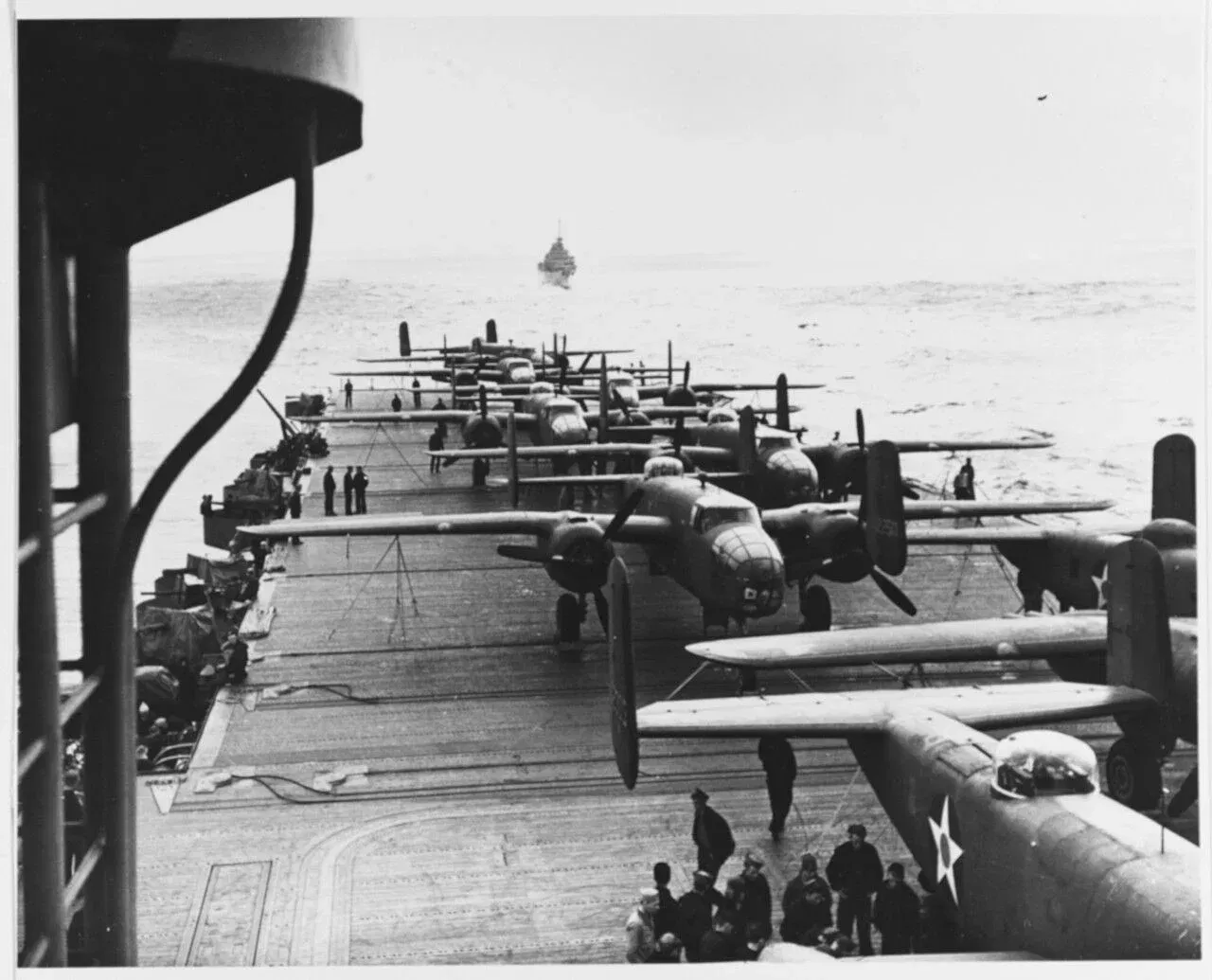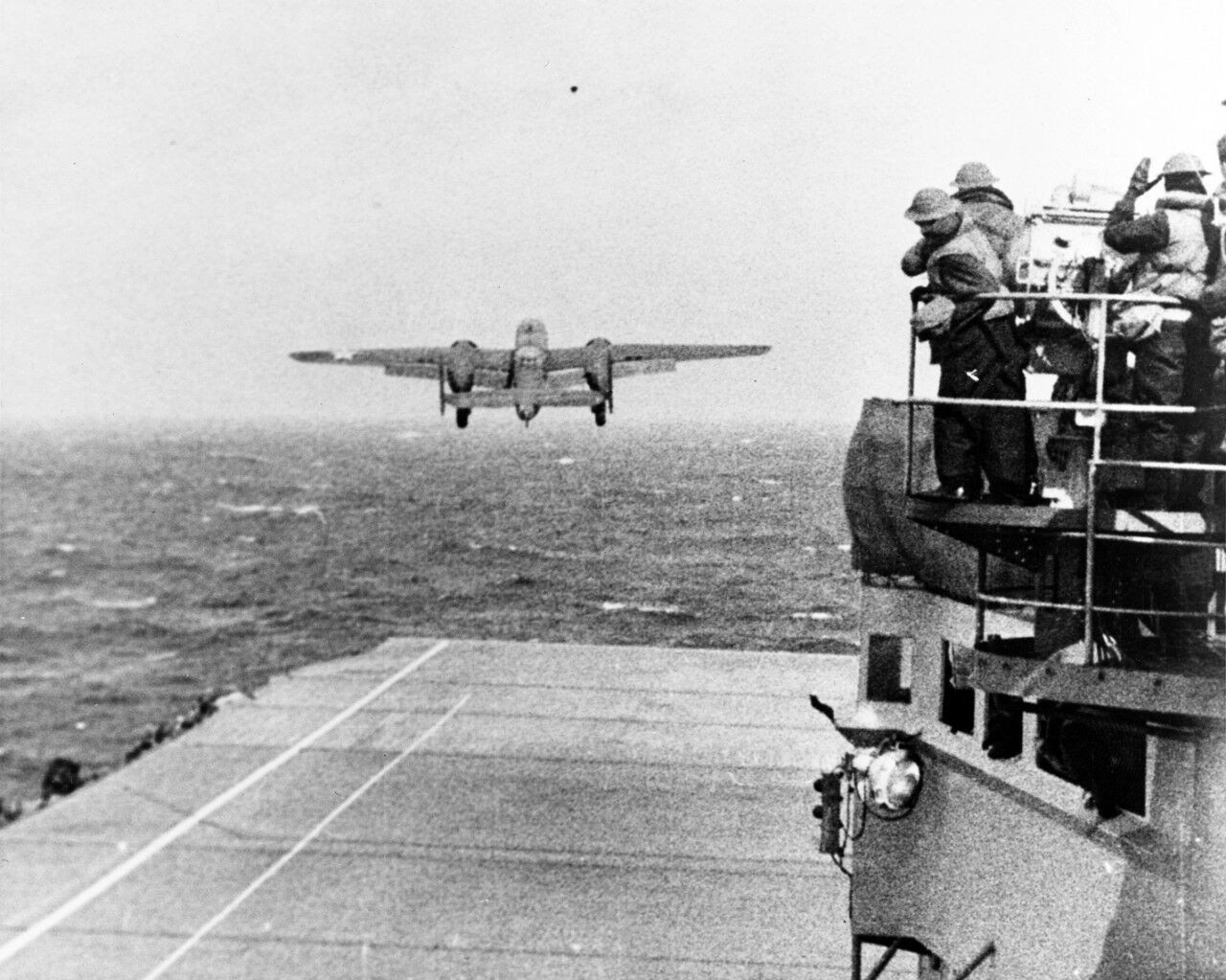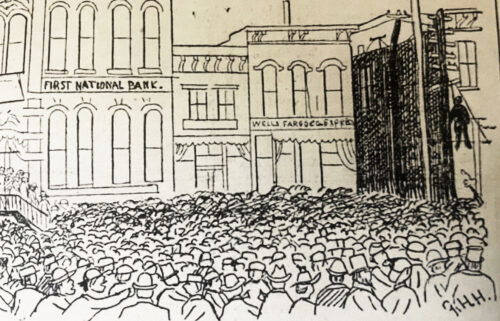For everything America stands for, we must attack!

By Bob Ford
If you love history, we are seeking sponsors to run this column. To comment or join in supporting this non-profit, contact Bob at robertmford@aol.com.
The Dec. 7, 1941, surprise dawn attack by the Japanese Air Force on Pearl Harbor left the United States reeling.
We weren’t ready for war.
My mother remembered sitting around the family radio in shock listening to news briefs, not sure how to act or what it all meant. Feeling like she had never felt before, vulnerable.
Life in this country was about to change drastically.
There was disbelief in Washington D.C. too, as President Franklin Roosevelt proclaimed war on Japan the day after the attack and on Germany three days later.
An all-out World War on two fronts was at hand. We were not prepared, but the country was galvanized by the sheer audacity of the Japanese. Before Dec. 7, the U.S. had a standing army of 200,000 soldiers, smaller than Portugal’s.
Within a month, five million men volunteered, including my father. Our nation had never experienced anything so deceitful and destructive as America was on its heels.
On Dec. 21, Roosevelt gathered his top military brass.
“For the morale of the nation, we need to answer the attack on Pearl Harbor with a strike of our own on Japan itself.”
The President didn’t know when or how, but, “get it done!”
The Navy was fortunate that our aircraft carriers were out to sea on Dec. 7 but battleship row, with moorings on Ford Island in the middle of Pearl Harbor, was decimated.
Eighteen ships sunk or run aground, including five battleships with thousands of casualties, it would take months and months to heal, repair and replace.
Navy Capt. Francis Low was stationed at Norfolk Chambers Field in Virginia where fighters practiced landing on a silhouette of an aircraft carrier’s landing platform painted on the runway. He watched as mid-sized bombers landed then took off, bingo! Could a midsize bomber take off from a carrier and deliver America’s answer to mainland Japan as Roosevelt ordered, the answer was yes!
Lt. Colonel James Doolittle was picked to command the brash mission. The only midsized bomber that could fit on the flat top and take off from a short platform was the B-25 Mitchell, named after famed World War I aviator Gen. Billy Mitchell. The plane was newly designed and manufactured primarily in Kansas City, Kansas.
The bomber had to be retrofitted and stripped down to carry just bombs. Five crew members and an internal fuel bladder doubled the plane’s range.
After months of tests and careful calculations, the “in all haste” mission was a go!
Pilots and crew members were recruited for this “extremely hazardous,” and top secret operation.
The USS Hornet was chosen as the carrier to transport 16 B-25s within 600 miles of the Japan mainland. If discovered, there were no fighters in position to defend the ship, it was incredibly risky.
If the enemy was to get a visual of the Hornet with bombers on her deck, they would quickly know something ominous was afoot.
Luckily, no reconnaissance aircraft or Japanese subs caught sight of the intruding carrier.
The B-25s ability to take off on the short platform made the bombers unique, but returning was another issue. It was logistically impossible to fly over Japan, deliver the load and return to the Hornet.

After dropping the bombs, the planes would have to fly over the Sea of Japan to friendly China or ditch. China and Japan had been at war for years and much of Eastern China was occupied by Japanese forces, but it was the only way the operation could succeed.
Vladivostok, Russia, was closer, but the Russians had a non-aggression treaty with Japan in place.
They had their hands full fighting the Nazis on their western front, not wanting a simultaneous war with Japan. Landing permission secretly requested by Roosevelt was therefore denied.
As the aircraft carrier came within range, all were notified about the mission. It must have been a frightening but proud moment for everyone on board.
Doolittle would pilot the first plane off the deck, followed by 15 others each carrying a crew of five. That meant 80 courageous men, risking life and limb for their country ... were answering the call.
Only a few in Washington and throughout the Navy knew of the mission. As the Hornet got closer to the take off point, they had not been detected, but the seas were rough.
At 8:24 a.m. on April 18, 1942, just four months after Pearl Harbor, Lt. Colonel James Doolittle’s B-25 lifted off the Hornet’s flight deck on its way to deliver Roosevelt’s response to Japan’s dastardly attack ... it was a reply that would bolster America.
The sea was violent, tossing the ship around as 30 foot waves crashed into the bow. Planes that rolled into position for take off had to be held stable with ropes gripped by flight deck members so as not to slide off the platform into the ocean. It would take almost an hour to get all the planes into the air.
As the 15th plane, called “TNT” took off, the final bomber “Bat Out of Hell” was moving into position, piloted by Lt. Bill Farrow.
Harrod “Skinny” Spatz from Onaga, Kansas, was the tail gunner on the 16th.

The sea was so rough during the final takeoff that the men holding the plane in position couldn’t any longer.
An enormous wave crashed into the carrier. A B-25 lurched forward, causing deck crewman and rope tender seaman Robert Wall to be pulled into the propeller.
His left arm was severed, Spatz went to help but heard Wall yell in agony, “Go Give Them Hell!”
With that, Spatz climbed back in, Farrow saluted Wall from the cockpit and the “Bat Out of Hell” lifted off.
These 80 men held the courage and integrity of the country in their hands.
As the planes gathered in formation to head West and out of sight, all hands on the Hornet cheered. Many wondered if any of the men would make it back home ... God bless America and those brave souls!
To be continued ...




